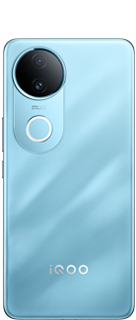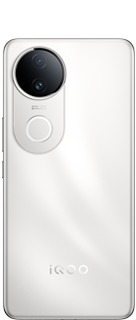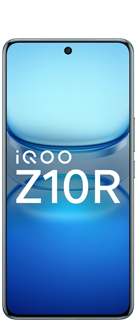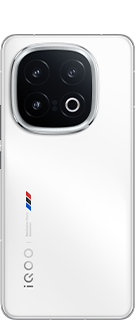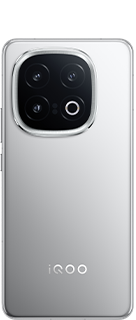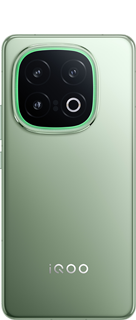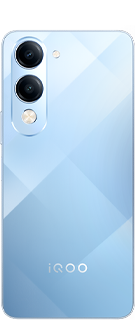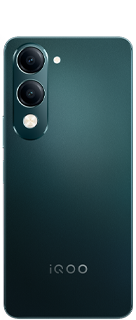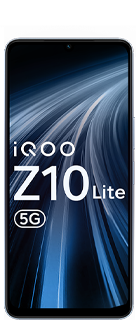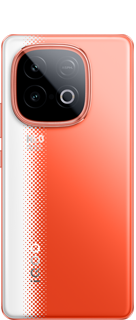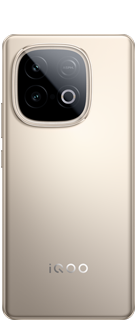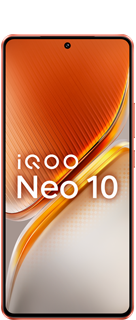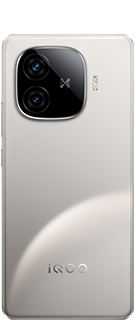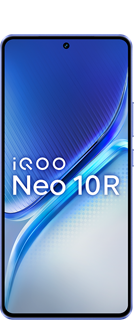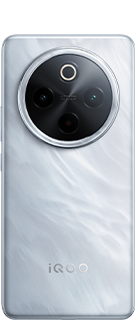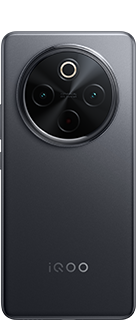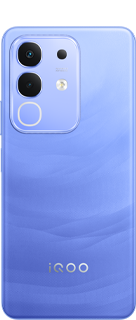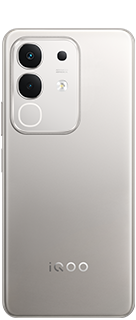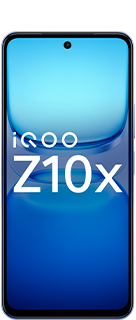Let's Learn Mobile Tech In-Depth: #5). Sensors_Part2
Hey iQOO Fam,
In this series, we'll be diving straight into the core components & Tech that is inside in our daily drive, discussing the latest advancements and what's coming next.
Lets dive into next 3 Sensors in this thread as Part 2:
"Ultrasonic fingerprint,Ambient light sensor and Proximity sensor"
To understand their working principles, applications, and the tech behind them. These sensors are the backbone of your smartphone's interaction with the physical world, and their engineering is nothing short of fascinating.
1. Ultrasonic fingerprint-1st and Imp sensor:
Working Principle:
Ultrasonic fingerprint sensors use high-frequency sound waves to create a detailed 3D map of fingerprints. Here's how they work:

- Transmitter and Receiver: An ultrasonic pulse is transmitted against the finger placed on the sensor.
- Echo Capture: The pulse reflects off the ridges and valleys of the fingerprint, capturing detailed features like pores.
- 3D Mapping: The reflected echoes generate a precise 3D image of the fingerprint, which offers superior security compared to 2D images.
Types of Finger print sensors:

Key Applications:
- Biometric Security: Provides highly secure fingerprint authentication, resistant to spoofing attempts due to its detailed 3D imaging48.
- In-Display Integration: Allows for seamless integration under the screen, enabling edge-to-edge displays without a separate fingerprint sensor button58.
- Durability and Versatility: Can operate through thin materials like glass or plastic, making it suitable for various smartphone designs.

2.Ambient light sensor:
- Photodetection Technology: Ambient light sensors use photodetection technology, typically consisting of a photodiode that converts light into an electrical signal.
- Signal Generation: When light falls on the sensor, the photodiode generates a current proportional to the intensity of the ambient light.

- Signal Processing: The generated signal is processed by the smartphone's microcontroller, which interprets the data and adjusts the device's display settings accordingly.
- Multi-Wavelength Measurement: Most ambient light sensors accurately measure light across different wavelengths by combining photodiodes and filters.
- Light Source Differentiation: This allows the sensor to differentiate between various light sources, such as sunlight and artificial lighting, providing precise readings for optimal performance.

Key Applications:
- Automatic Brightness Adjustment: One of the primary applications of ambient light sensors is to automatically adjust the screen brightness based on surrounding light conditions. This feature enhances visibility in bright environments and conserves battery life in darker settings
- Screen Dimming: In low-light conditions, the ambient light sensor can triggerscreen dimming to reduce eye strain and improve user comfort. This is particularly useful during nighttime usage or in dark rooms
- Adaptive User Interfaces: Some smartphones utilize ambient light sensors to modify user interface elements based on lighting conditions. For instance, a darker theme may be activated in low-light environments to enhance readability and reduce glare.
- Camera Performance Optimization: Ambient light sensors can also assist in optimizing camera settings. By detecting the light intensity, the smartphone can adjust exposure settings, ensuring better image quality in varying lighting conditions.
- Energy Efficiency: By enabling automatic brightness adjustments and screen dimming, ambient light sensors contribute to overall energy efficiency, extending battery life and reducing the need for frequent charging.
3. Proximity sensor:
Proximity sensors in smartphones primarily use infrared (IR) technology. They consist of a light-emitting component and a light-receiving component.

Here's how they work:
- Infrared Emission: The sensor emits infrared rays towards nearby objects.
- Reflection Detection: The sensor measures the amount of infrared light reflected back from these objects.
- Distance Measurement: By analyzing the reflected light, the sensor determines the distance between the object and the device.

This principle allows the sensor to detect when the phone is close to an object, such as the user's ear during a call.
Applications in Smartphones
Proximity sensors in smartphones serve several key purposes:
- Screen Management: They automatically turn off the screen when the phone is held close to the ear during calls, preventing accidental touch inputs and saving battery life.
- Gesture Recognition: Proximity sensors can be used to detect air gestures or hover manipulations, potentially replacing camera-based solutions for hand gesture detection.
- Power Conservation: By turning off the screen when not needed, proximity sensors help in conserving battery power.

(Source: Google,Tech articles and Blogs)
# Do follow me for more quality content on Tech and Photography.
Signing off,
Balaji Murapaka
iQOO Ranger_South Zone

Please sign in
Login and share
